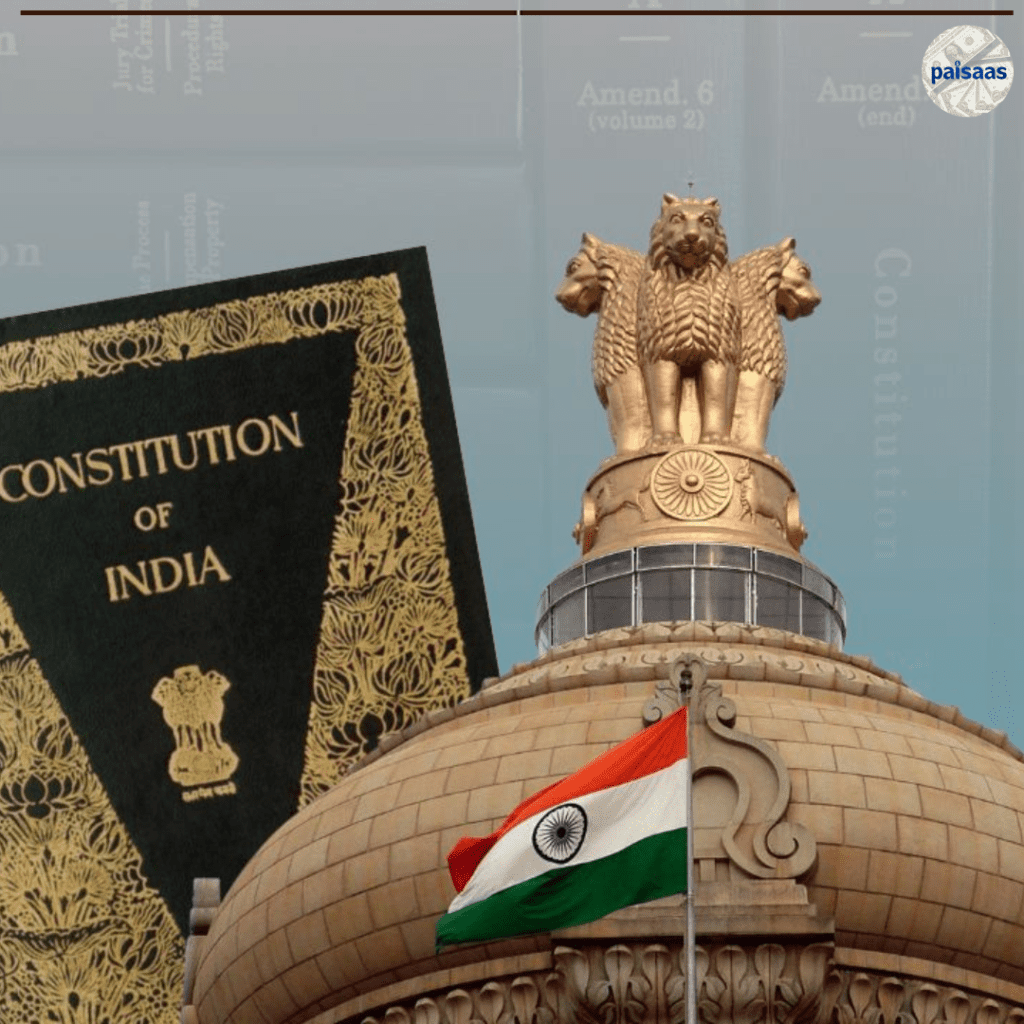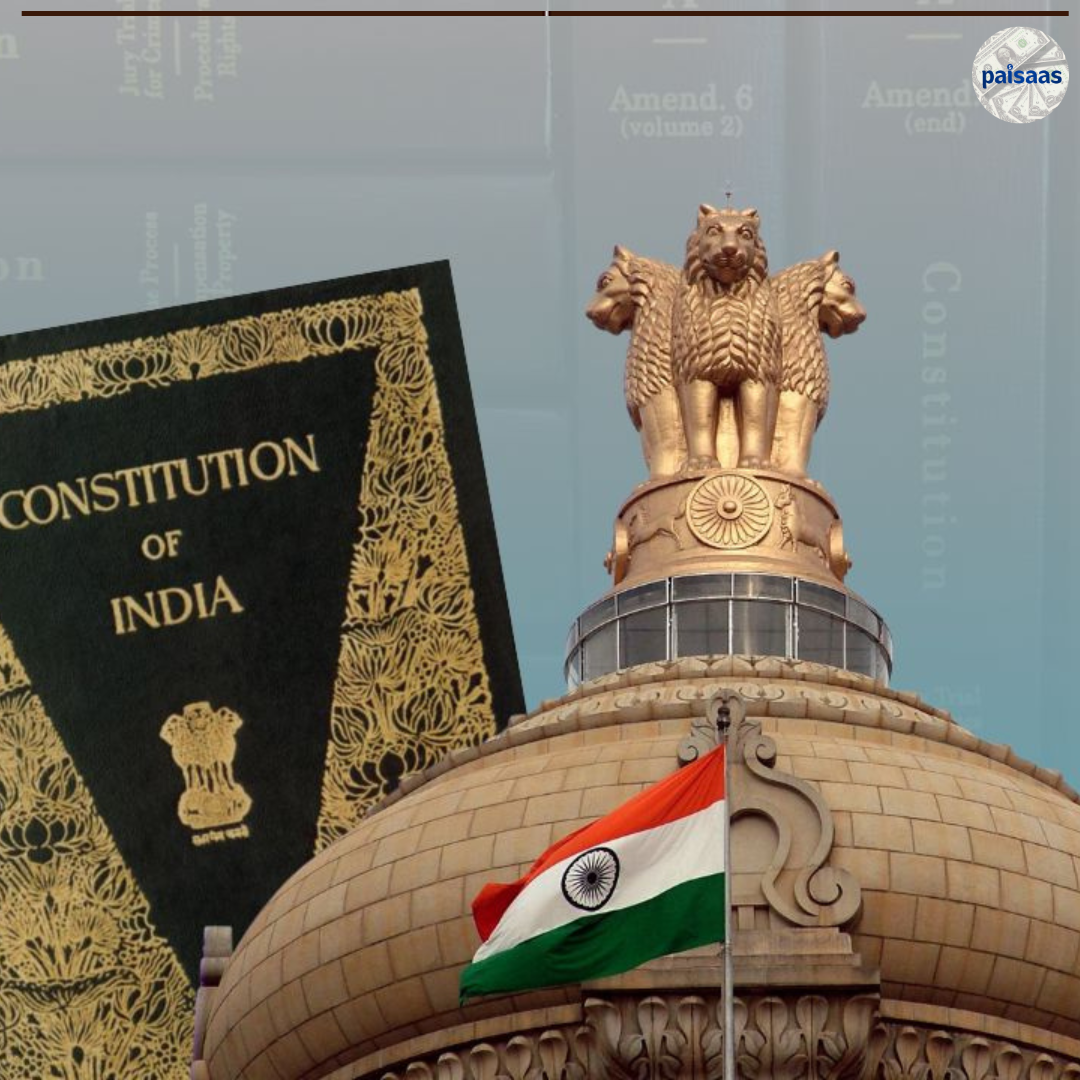

From Barter to Blockchain: The Evolution of the Indian Financial System
From Barter to Blockchain: The Evolution of the Indian Financial System
Introduction
The Indian financial system has undergone a remarkable transformation over the centuries, evolving from a rudimentary barter system to a sophisticated network of modern financial institutions. This article provides a historical overview of the Indian financial system, tracing its evolution through different stages of development. From ancient trade practices and the introduction of currency to the establishment of banks and the adoption of digital technologies like blockchain, we explore the key milestones and factors that have shaped India’s financial landscape.
Body
- The Barter System and Early Trade Practices Centuries ago, India relied on a barter system, where goods and services were exchanged directly without the use of a standardized medium of exchange. Communities engaged in trade through simple bartering, exchanging commodities such as grains, spices, and textiles. This informal system gradually evolved as societies recognized the need for a more efficient means of exchange.
- Introduction of Coins and Currency Historical records reveal that India was among the first civilizations to introduce coins as a medium of exchange. Ancient coins like punch-marked coins, silver karshapanas, and gold dinars played a significant role in facilitating trade across regions. Over time, various ruling dynasties issued their own currency, leading to the establishment of a monetary system that facilitated economic growth and trade within the Indian subcontinent.
- Emergence of Banking Institutions : The advent of banking institutions in India can be traced back to the medieval era. Merchants and moneylenders formed informal lending networks to support trade and finance. As trade expanded, specialized moneylenders and merchants known as shroffs and hundis emerged, providing services akin to modern banking. During the colonial period, British banks like the Bank of Bengal, Bank of Bombay, and Bank of Madras were established, laying the foundation for formal banking in India.
- Post-Independence Financial Reforms Following India’s independence in 1947, the country embarked on a path of economic development. The government initiated key financial reforms, including the nationalization of major banks in 1969 and 1980, aimed at channeling credit to underserved sectors and promoting financial inclusion. These reforms expanded the reach of formal banking services across the country, driving economic growth and laying the groundwork for a regulated financial system.
- Technological Advancements and Digitization (160 words): The liberalization of the Indian economy in the early 1990s brought about a wave of technological advancements and digital transformation in the financial sector. The advent of computerization and the internet paved the way for online banking, electronic fund transfers, and the introduction of ATM networks. More recently, the adoption of innovative technologies like blockchain has the potential to revolutionize areas such as payments, supply chain finance, and identity verification.
- Financial Inclusion and Digital Payments The Indian government’s focus on financial inclusion has been instrumental in expanding access to financial services for the unbanked population. Initiatives such as the Pradhan Mantri Jan-Dhan Yojana (PMJDY), Aadhaar-based biometric authentication, and the Unified Payments Interface (UPI) have transformed the landscape of digital payments in India. Mobile banking, digital wallets, and payment apps have gained widespread acceptance, promoting a shift towards a cashless economy.
Conclusion
The evolution of the Indian financial system from a barter economy to a modern, technology-driven ecosystem is a testament to the nation’s progress. Through the introduction of currency, the establishment of banking institutions, financial reforms, and technological advancements, India’s financial landscape has evolved significantly. As India continues to embrace emerging technologies and foster financial inclusion, the financial system is poised to further evolve, empowering individuals and driving economic growth in the years to come.




